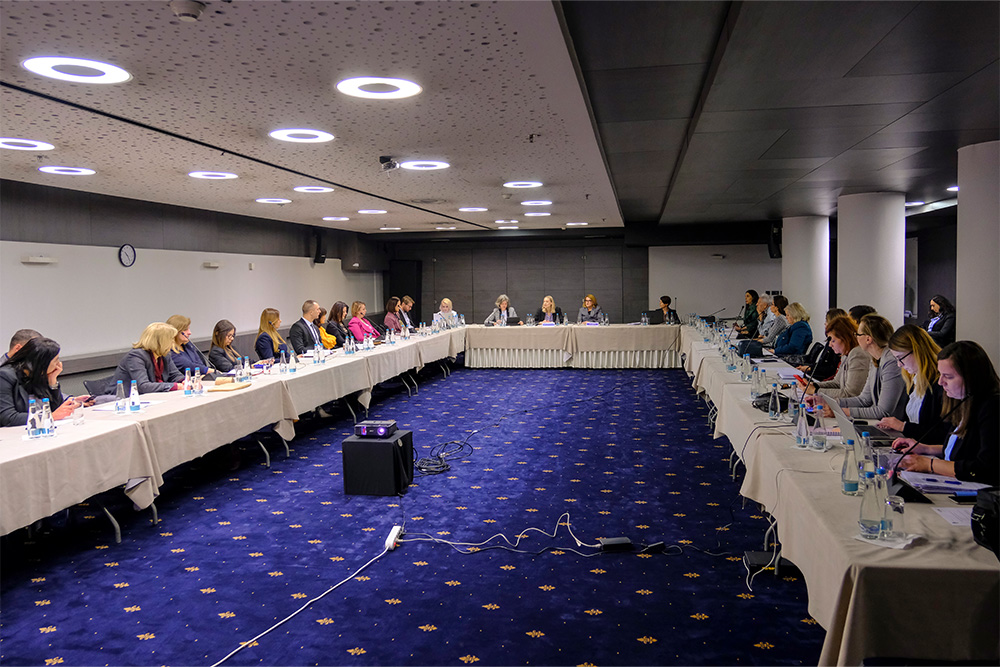“The Rise in Hate Speech” is one of the conclusions drawn from media monitoring conducted by the Center for Investigative Journalism (CIN) in Bosnia and Herzegovina from April 2022 to 2024, as part of the Reporting Diversity Network 2.0.
During this period, a total of 97 cases of hate speech were recorded, with 25 percent related to gender and 21 percent to ethnic discrimination. Additionally, 28 percent of the recorded cases targeted sexual minorities and political opponents. Hate speech against journalists and religion was also noted, though to a lesser extent. Interestingly, ethnicity is no longer the predominant basis for hate speech, which contrasts with previous monitoring results.
“Politicians were present in absolutely all categories and expressed hate speech on all grounds. (…) However, journalists were particularly dominant in spreading hate speech against women”, stated researcher and report author Lejla Gačanica.
Gačanica further observed during the monitoring that activists on social networks were prominently involved in creating and spreading hate speech.
At a round table titled “Monitoring Hate Speech in Bosnia and Herzegovina” in Sarajevo, a report mapping hate speech was presented, and participants were reminded of the liability for criminal acts of hate speech.
CIN Executive Director Leila Bičakčić described the hate speech monitoring results in Bosnia and Herzegovina as devastating, noting they are similar to trends in neighboring countries.
“Across the region, very repressive ideas are emerging as governmental efforts to combat hate speech. From experience, we know this will not yield results where they are most needed, but rather be directed as a tool against critical thinking”, Bičakčić explained.
The hate speech mapping findings revealed prevailing themes of stereotypes, misogyny, homophobia, intolerance, and narrow-mindedness in public discourse. Social networking platforms, online media, and reader comment sections were identified as common channels for hate speech dissemination.
Azra Maslo from the Regulatory Agency for Communications of BiH emphasized that the fight against hate speech cannot solely rely on institutions but must permeate society as a whole.
“The regulatory context is becoming increasingly involved, not in a repressive or harmful manner to freedom of expression, but by encouraging platforms to commit to mechanisms that protect end-users”, Maslo stated.
Round table participants also discussed various approaches to adopting legal solutions regarding hate speech and the role of competent institutions in combating different narratives representing hate speech.










